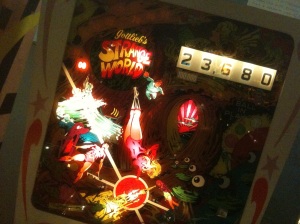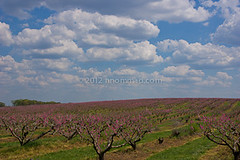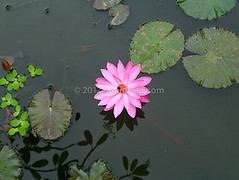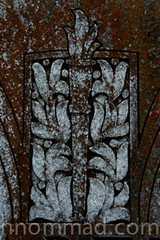Most of the millions of people who visit Las Vegas annually go home having lost at least a few dollars at a casino or two. For the few folks who who get off the beaten path and visit the Pinball Hall of Fame (PHOF), though, each quarter spent is a winning experience.
Operated by collector Tim Arnold and members of the Las Vegas Pinball Collectors Club, the game of pinball rises to art form at this hands-on collection of more than 150 pinball machines. From Bally’s Heavy Hitter (1947), to Stern’s CSI (2009), each machine is fully restored and operational, giving enthusiasts and newbies alike the chance to capture an elusive match play or high score. The collection is rounded out with 50 or so classic arcade games such as Donkey Kong and Asteroids.
In the 1970s, Tim and his brother operated a string of pinball parlors in Michigan known as Pinball Pete’s. The chain was a huge success well into the 1980s. By 1990, Tim had amassed a collection of close to 1,000 pinball machines and was ready for a change of scenery. He and his collection landed in Las Vegas, where he began work on restoring the machines at his own expense and with the help of good friends.
Eventually, enough machines were in working order for Tim to show off the collection. He sponsored “Fun Night” events to thank friends for their efforts and raise money for local charities. The events grew into a twice-a-year, two-night party with 1,000 or more people in attendance.
During this same period, the Las Vegas Pinball Collectors Club was established, with a mission to bring together pinball enthusiasts and eventually open a facility devoted to the game of pinball. In 2006, the Pinball Hall of Fame opened, giving residents and visitors an opportunity to explore an American pastime hands-on.
Though PHOF is more arcade than museum, each machine has a note card which tells its history as well as providing information about the manufacturer. Readers can learn about historic moments in the history of the game, technological improvements made over the years, or the story behind a specific machine and related marketing efforts, such as Gottlieb’s Canada Dry machine. The best feature of this museum, however, is that every exhibit virtually screams “touch me.”
Admission is free and visitors are welcome to play until closing time or their supply of quarters is depleted. All proceeds are donated to local charities and donations to support PHOF are welcome. More information about PHOF, hours of operation, pinball history, tournaments, and links to other pinball fan resources are available at www.pinballmuseum.org and www.pinballhall.org.











